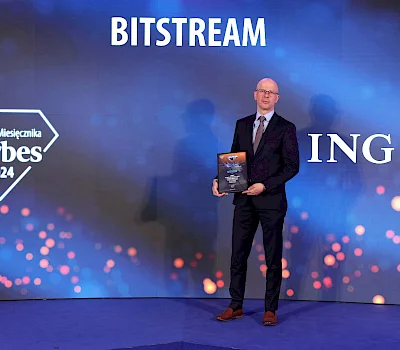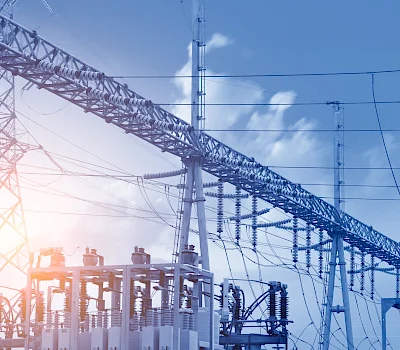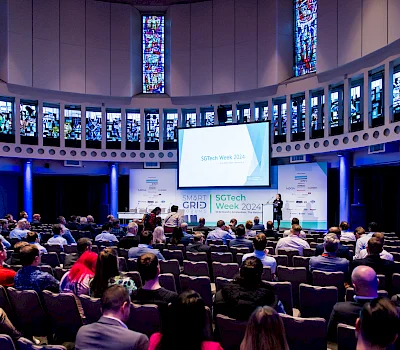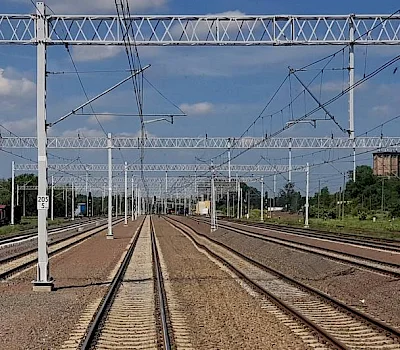Why is the choice of oscillator so important? What to consider when choosing it?
Choosing an oscillator is one of the most important decisions to make when designing an application – it has the greatest impact on the clock’s performance. Every time server uses an oscillator – an internal system for synchronizing and keeping time. Time synchronization is the vital point of critical infrastructure – without it, critical infrastructure could not exist, and a possible failure or desynchronization could have dire consequences. In turn, time synchronization cannot exist without the concepts of time server and oscillator – the components that de facto enable the synchronization activity. In this article, we will focus on what oscillator parameters are most important in power and telecommunication systems, and why it is so important to choose the right oscillator.
Why is the oscillator so important?
Every application that requires time information to work uses a time server. Usually the master time signal is taken from a GPS satellite or directly from an atomic clock. However, due to interference or signal loss, the master time may be incorrect or impossible to receive. In this case, the oscillator, an internal synchronization and time keeping system, comes into action. Its most important task is called a holdover – maintaining the correct real time until the master time signal is restored. This is an incredibly responsible and important job – in critical infrastructure industries, the network is so highly dependent on the correct clock time that a time delay of μs or ms can cause only a small and/or short failure, but can also expose the company to millions of dollars in losses, e.g. through damage to network elements or paralysis of service provisioning and related compensation payments.
Types of oscillators
Because of the variety of oscillators, we will narrow our discussion to only the most popular ones used in time servers designed for selected critical infrastructure industries – power and telecommunications. In this paper, we will discuss the Temperature Controlled Xtal Oscillator (TCXO) and the Oven Controlled Xtal Oscillator (OCXO), as well as the Rubidium Oscillator.
TCXO is a quartz oscillator with a temperature compensation circuit. To maintain the stability of the oscillator, an internal integrated circuit temperature sensor is used to precisely adjust the resonance frequency of the crystal as the temperature changes.
OCXO is another quartz oscillator, but thermally stabilized. The difference is that the quartz is placed in a special housing that keeps the crystal and its surroundings at a constant temperature.
The rubidium oscillator belongs to a group of oscillators used in atomic clocks. Cesium or hydrogen can also be found in such clocks, but rubidium is the most popular due to cost. A rubidium oscillator uses a glass chamber filled with rubidium gas, a special lamp, a photodetector, and sometimes in addition… a quartz oscillator.
What to look for when selecting an oscillator?
We will focus on those parameters that are most critical to maintaining proper timing in power and telecommunications systems.
Frequency. The fundamental parameter of any oscillator is frequency. It represents the repetition rate (cycle) of the output signal from the oscillator, which is measured in Hertz (Hz). This is not an advanced attribute, yet it is fundamental to this type of circuit.
Frequency stability. A key feature to the quality of an oscillator is its stability. By oscillator stability we mean the stability of the holding frequency expressed in ppm (Pulse Per Million) or ppb (Pulse Per Billion). It represents the deviation of the output frequency from the ideal value caused by external conditions. The smaller the value, the better the stability of the clock to maintain correct time. The table below shows the accuracy and stability of oscillators by layer and type.
| Stratum (Type) | Accuracy (1 day) | Short-term stability |
|---|---|---|
| 1 (Rubid, OCXO) | >1x10-9 | >1x10-10/dzień |
| 2 (OCXO) | >1.6x10-8 | 1x10-10/dzień |
| 3E (OCXO, TCXO) | 1x10-6 | 1.6x10-8/dzień |
| 3 (TCXO) | 4.6x10-6 | 3.7x10-7/dzień |
The relative stability of TCXO compared to OCXO is worse, but if TCXO and the weakest OCXO are considered, the stability difference of these oscillators is negligible. And then other factors affecting the chip selection are also worth considering.
Jitter and phase noise. Jitter is considered the most important characteristic of an oscillator right after frequency stability. Phase noise and jitter are two methods of quantifying clock noise that have a direct impact on system performance. Phase noise measures clock noise in the frequency domain; jitter measures the effect of noise on the clock in the time domain.
Considering clock noise when evaluating the total clocking budget is critical because both of these things are typically the most common contributors to system timing errors. For example, jitter causes timing and sampling errors in analog-to-digital converters, and phase noise degrades accuracy, resolution, and signal-to-noise ratio. However, not all oscillator manufacturers define jitter in the same way. Jitter requirements vary from application to application, and there are different types of jitter and different integration ranges for integrated phase jitter measured in the frequency domain. Hence, it is best to seek information directly from the manufacturer.
Operating Environment. Environmental conditions are one of the most important factors affecting frequency stability. We are referring here to the temperature at which the device, and hence the oscillator, is to be located. Other environmental parameters, i.e. humidity and pressure, despite potentially having an even greater effect on the oscillator, are not as problematic. Both environmental influences are easily mitigated by a hermetically sealed crystal enclosure, which is either filled with an inert gas or sealed under vacuum. In contrast, mitigating the effects of temperature on the crystal is not so straightforward. Defined external conditions can vary for different categories of oscillators, but typically include temperature changes and an initial offset at 77°F (25°C).
The oscillator should always operate at the temperature specified by the manufacturer, because only then is its proper operation guaranteed. Of course it can operate outside this range, but this is not recommended because of a number of troublesome side effects. One such effect is the disturbance of the oscillator frequency, which gets even worse in industrial conditions. Another major problem can be unexpected drops in activity, which can result in complete interruption of the crystal oscillation. In addition to the above unwanted effects, a guaranteed side effect is accelerated crystal aging, which can adversely affect the stability and accuracy of frequency maintenance. The best solution for bypassing complications is to simply know the operating temperature range in advance and select an oscillator with it in mind. The table below shows typical operating temperature ranges.
| Class | Temperature range |
|---|---|
| Commercial | 0 do +70°C / +32 do +158°F |
| Extended Commercial | -20 do +70°C / -4 do +158°F |
| Industrial | -40 do +85°C / -40 do +185°F |
Summary
The oscillator is one of the most important components that have a direct impact on the operation of the network. In the event of a failure, it assumes all the responsibility for keeping the timing correct and thus ensuring the proper functioning of the system. When selecting an oscillator, the most important parameters to consider are:
- Frequency,
- Frequency stability,
- Jitter and phase noise,
- Environmental conditions (temperature).










